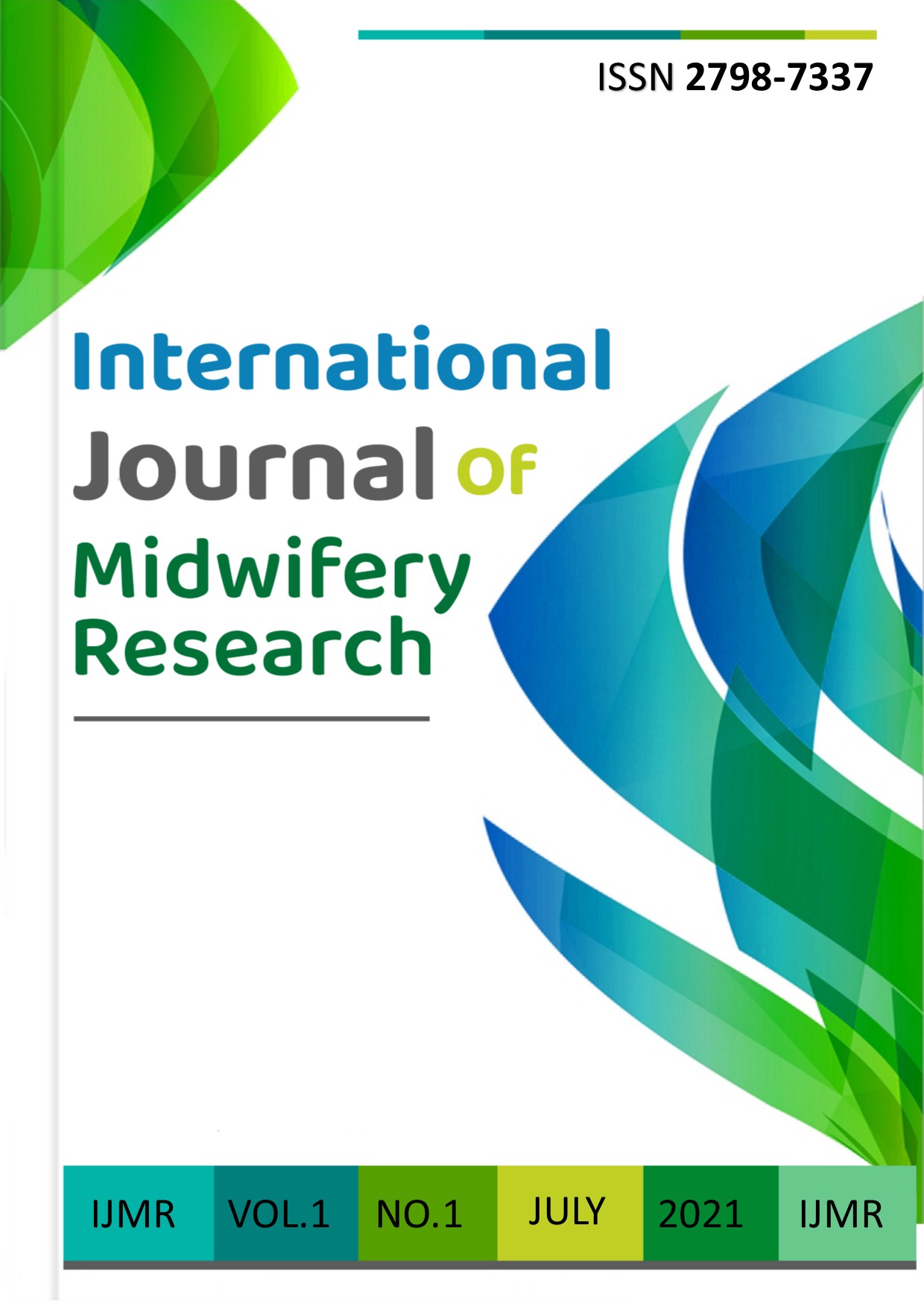THE CORRELATION BETWEEN EMPLOYMENT STATUS AND PARITY WITH PREECLAMPSIA
DOI:
https://doi.org/10.47710/ijmr.v1i1.4Keywords:
Pre-eclamsia, parity, employment statusAbstract
Preeclampsia is a collection of symptoms that occur in pregnant women, during childbirth, and in the puerperium consisting of hypertension, and proteinuria. This study aims to analyze the relationship between employment status and parity with the incidence of pre-eclampsia in pregnant women. The population was all mothers who gave birth with pre-eclampsia/eclampsia at RSUD Dr. R Koesma Tuban in October – December 2020 a total of 43 mothers gave birth. The sampling using Total Sampling. The independent variables in this study were employment status with each nominal data scale and parity with ordinal data scale and the dependent variable in this study was preeclampsia with an ordinal data scale. Data analysis in this study used Spearman with the help of SPSS. Significant limitation if p-value < 0.05. The analysis using the Spearman obtained p-value = 0,057 because the p-value > 0.05 which indicates there is a weak correlation between employment status and pre eclamsia of pregnant women. The analysis using the Spearman statistical test obtained p-value = 0,811 because the p-value > 0.05 which indicates there is no correlation between parity and pre eclamsia of pregnant women.
Downloads
Published
Issue
Section
License
Copyright (c) 2021 International Journal of Midwifery Research

This work is licensed under a Creative Commons Attribution 4.0 International License.
International Journal of Midwifery Research is a scientific peer-reviewed which articles are freely available to be accessed, downloaded and used for research purposes. Manuscripts submitted to International Journal of Midwifery Research are published under the terms of the Creative Commons License. The terms of the license are:
Attribution — You must give appropriate credit, provide a link to the license, and indicate if changes were made. You may do so in any reasonable manner, but not in any way that suggests the licensor endorses you or your use.
ShareAlike — If you remix, transform, or build upon the material, you must distribute your contributions under the same license as the original.
No additional restrictions — You may not apply legal terms or technological measures that legally restrict others from doing anything the license permits.












